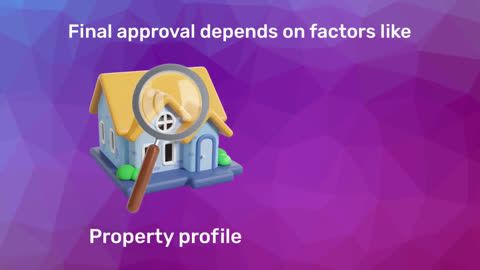What is ITR 1 (Sahaj)?
ITR 1, also called Sahaj, is designed for individual taxpayers with straightforward income sources. Here is who can file ITR 1:- Salary or pension: If you earn income solely through a salary or pension.
- House property income: If you have income from one house property (not involving losses from previous years).
- Other sources: Interest from savings accounts, fixed deposits, or other investments.
- Total income cap: Your total income should not exceed Rs. 50 lakh in a financial year.
Who should not file ITR 1?
You cannot use ITR 1 if you:- Own more than one house property.
- Have capital gains from the sale of investments or property.
- Earn income from a business or profession.
- Have agricultural income exceeding Rs. 5,000.
- Are a director in a company or hold unlisted equity shares.
What is ITR 2?
ITR 2 is meant for individuals and Hindu Undivided Families (HUFs) with more complex income sources. It caters to those whose income exceeds the limitations of ITR 1.Who can file ITR 2?
You should file ITR 2 if you:- Have capital gains: Earn from selling stocks, mutual funds, or property.
- Own multiple properties: Have income from more than one house property.
- Have foreign income or assets: Earn income outside India or own foreign assets.
- Earn agricultural income: Your agricultural income exceeds Rs. 5,000.
- Have dividend income: If your dividend income from stocks exceeds Rs. 10 lakh and attracts a dividend tax.
| Feature | ITR 1 (Sahaj) | ITR 2 |
| Eligibility | Individuals with simple income sources | Individuals and HUFs with diverse income |
| Income cap | Up to Rs. 50 lakh | No limit on income |
| Capital gains | Not applicable | Applicable |
| House properties | Income from one house property | Income from multiple house properties |
| Foreign income/assets | Not applicable | Mandatory to report foreign income/assets |
| Director/equity | Not applicable | Mandatory disclosure |
Why choosing the right ITR form matters
Filing the wrong ITR form can lead to:- Rejections: The Income Tax Department may reject your return.
- Penalties: Incorrect filing can attract fines.
- Missed benefits: Tax-saving opportunities could be overlooked.
How your home loan fits into tax filing
When filing your ITR, do not forget to factor in your home loan. A home loan offers multiple tax benefits:- Section 80C deductions: Claim up to Rs. 1.5 lakh on principal repayment.
- Section 24(b): Deduct up to Rs. 2 lakh on interest paid for a self-occupied property.
- Additional deduction: Under Section 80EEA, first-time homebuyers can claim an extra Rs. 1.5 lakh on interest, provided certain conditions are met.
Explore Bajaj Housing Finance Home Loan
At Bajaj Housing Finance, we do not just help you buy a home; we make your financial journey seamless. With competitive interest rates and quick approvals, Bajaj Housing Finance Home Loan is the perfect way to make your dream home a reality. Plus, our user-friendly tools, like the EMI and eligibility calculators, help you plan your repayments and tax benefits effectively.Here are a few key benefits of choosing Bajaj Housing Finance Home Loan:
1. High loan amount: Secure funding up to Rs. 15 crore* to turn your dream home into reality.
2. Low interest rates: Enjoy interest rates starting 8.25%* p.a, and EMIs as low as Rs. 741/lakh*.
3. Quick approval: Get approved within 48 Hours* of applying – sometimes even sooner.
4. Flexible repayment tenure: Choose a repayment term of up to 32 years for comfortable EMIs.
5. Simple application: Take advantage of doorstep document collection for a smooth process.
6. Balance transfer facility: Move your existing home loan and get a top-up loan with better terms.
Ready to explore homeownership and maximise your tax savings? Bajaj Housing Finance is here to support you every step of the way. Apply now.




